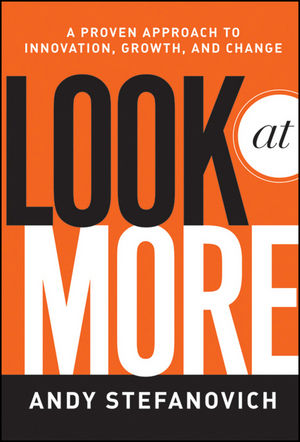Why Your Business Needs To Start Monetizing Its Data
Because of the digital age that we live in, most people know of and even understand what data is. They say that information is power. In the business world, that is quite right! Firms of all shapes and sizes have and deal with a lot of data on a daily basis.
Data examples include contact details and even the way customers pay for their goods and services. It’s a well-known fact that running a business is tougher than ever these days. But, the sad truth is that organizations aren’t using the data they have to make some money!
Data monetization is a lucrative market. The sector is large, but it could be bigger if more firms used the information they hold to increase their revenue.
If you’re still not convinced, keep reading to learn why your business needs to start monetizing its data today!
 Photo courtesy of Sean Ellis
Photo courtesy of Sean Ellis
You learn more about your customer spending habits
Let’s face it, we all have uniquely personal spending habits. Some of us lead an extravagant lifestyle and are happy to pay for high-end products. Others prefer to count the pennies and only buy things we need rather than all those things we want.
Customer loyalty cards are one of the best ways of gaining insights into how people spend their money. It’s a classic way of fostering data monetization. Why? Because you can target specific promotions to individual customer groups.
Let’s say that you own a retail store. People will sign up for loyalty cards if they know they can enjoy special offers and deals that are applicable to them. Yes, you can offer targeted promotions to loyalty card holders.
But it’s also a good way of learning which products are best-sellers and which ones are nothing better than loss leaders.
Work with other firms to cross-promote products and services
If you run an ISP business, you could work with retailers that sell computers to offer your services to their customers. Likewise, you could offer discounted rates to people leaving particular competitors.
Sharing data is always a neat idea for two sets of organizations that can complement each other’s wares. There’s no point trying to go solo if there’s an opportunity to work with someone else. At least on an opportunity that is mutually beneficial of course!
Sell anonymous data to relevant organizations
No one likes the idea of companies selling their personal details to other people. But, did you know that you can sell anonymous data to third parties without it being controversial?
For instance, let’s say that you are a commercial property developer. And you own a shopping mall. Market research firms may wish to buy data from you like the following:
- Number of shoppers per day, week, month or year;
- Average store occupancy rates;
- Shopper spending habits (e.g. Do they spend most of their cash on clothing, food, or electronics?).
As you can see from this example, anonymous data can be attractive to third party organizations. And because you aren’t selling any personal details, you won’t fall afoul of the law.

